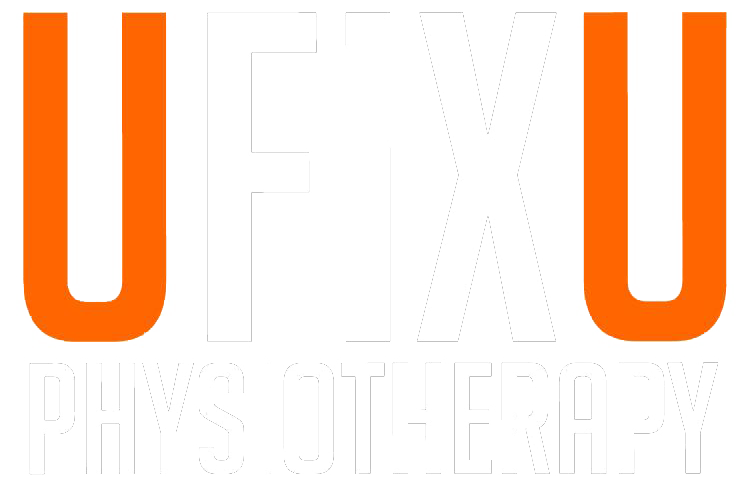Spinal Manipulative Therapy (SMT) involves specific positioning of the patient's body and a specific movement (direction, magnitude of force and amplitude) by the practitioner. In the spine, manipulative therapy most directly affects the facet joints, which are synovial joints that allow our spine to move in all three planes of motion (sagittal, frontal & transverse). Like other synovial joints, the facet joints contain synovial fluid and are surrounded by a fibrous joint capsule composed of connective tissue.
The facet joints are thought to be one source of back pain and often respond quite well to various forms of joint mobilization. What you should know, however, is that the popping sound you hear when having your spine manipulated/adjusted is nothing more than a pressure change in the facet joints, just like popping the joints of your hands. It has NOTHING to do with correcting the alignment of the spine. Any practitioner who claims otherwise and tries to convince you that 'tune-up' treatments are necessary to maintain proper spinal alignment is simply not reading the research or more interested in their bank account than your health. And, just so everyone is clear, this is not an attack on any profession in particular. Physios, osteopaths and chiropractors all use spinal manipulation to varying degrees.
At the end of the day, research has demonstrated time and time again that manual therapy can be helpful, but the effects are largely short-lived. A long-term recovery program should focus more on active interventions, like exercise, as these have stronger evidence in terms of promoting more permanent changes in both function and pain.
Visit our instagram for more back pain tips.
References:
📚Bialosky JE, et al. Unraveling the Mechanisms of Manual Therapy: Modeling an Approach. J Orthop Sports Phys Ther. 2018.
📚Bialosky JE, et al. The Mechanisms of Manual Therapy in the Treatment of Musculoskeletal Pain: A Comprehensive Model. Manual Therapy. 2009.



